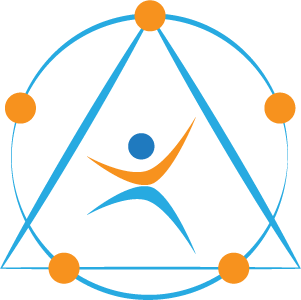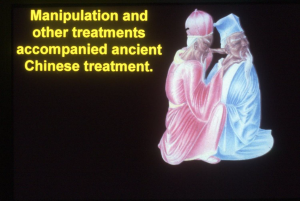The Twelve Cutaneous Regions
Dr Timothy D. Frances, D.C., F.I.A.C.A., D.I.B.A.K., M.S., D.H.M.
@TimFrancisDC #drtimothyfrancis
Dr Timothy Francis was asked to present his paper on the 12 Cutaneous Regions this Friday at the annual ICAK conference in beautiful Las Vegas as Caesars Palace Casino Resort. There was a wonderful turnout. Great people, fantastic crowd and so much to learn.
I will provide you the abstract, the introduction and the link to the presentation and full video for you to enjoy.
ABSTRACT
- The cutaneous regions are surface segments on the skin that are projections of the meridians. They function to protect the body and regulate sweating.
- These cutaneous regions are accessed via therapy localization (TL) to the pulse points while the patient is standing. Correction includes adjusting the spine via a specific relationship to the associated point while the patient maintains a cognitive emotional memory.
INTRODUCTION
- The cutaneous regions represent the outward manifestations of the primary and superficial connecting channels. They regulate sweating and protect the body from pathogenic factors.
- These superficial energy regions may be accessed via therapy localization to the pulse points while the patient is standing. The associated muscles will manually muscle test (MMT) weak in the clear while the patient is standing only, otherwise in any other postural position they will exhibit dysfunction via the new test and rest procedure (usually a minimum of two to three manual muscle tests).
- The cutaneous region is treated by correcting a subluxation of the spine with utilization of encoded memory technic. This spinal subluxation level is the Lovett brother to the associated point vertebrae, then the Lovett brother to the spondylogenic vertebral association. This vertebrae is manually adjusted while the patient maintains conscious awareness of the attendant emotional memory pattern.

